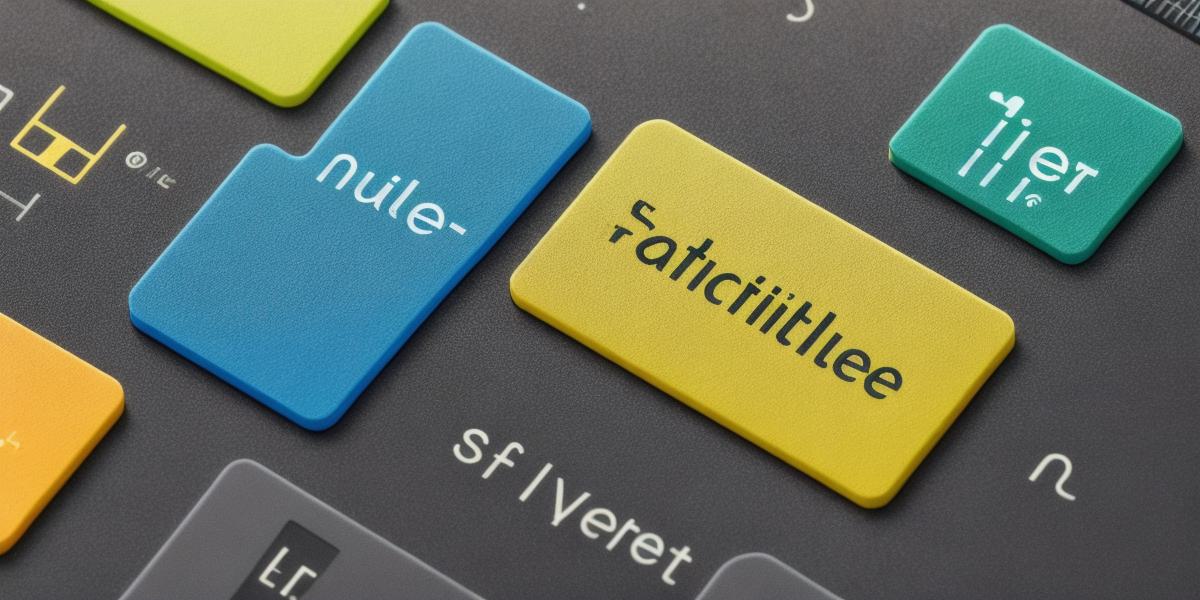Introduction
Android development has become an essential skill for mobile app development, and there are several frameworks available to help developers create high-performance apps. Two of the most popular options are Flutter and Java. Each has its own advantages and disadvantages, and it can be difficult to decide which one is right for your project. In this article, we will compare Flutter and Java for Android development and explore the pros and cons of each framework.
Flutter vs Java: A Comparison
Flutter is a cross-platform mobile development framework created by Google. It allows developers to create apps for Android and iOS using a single codebase. Flutter uses its own language called Dart, which is designed to be fast, efficient, and easy to learn. Flutter also has a powerful set of widgets that allow developers to create visually stunning apps with minimal effort.
Java, on the other hand, is a popular programming language used for Android development. Java apps are written in a compiled language, which means that they run directly on the device and do not require any additional software. Java has a large community of developers and a vast library of pre-built code, making it easier to create complex apps quickly.
Pros of Flutter:
- Cross-platform development: Flutter allows developers to create apps for both Android and iOS using the same codebase, saving time and resources.
- Fast development: Flutter has a powerful set of widgets that allow developers to create stunning apps quickly.
- Easy learning curve: Dart is designed to be easy to learn, making it an excellent choice for beginners or those who want to switch from Java.
- Open-source community: Flutter has a large and active open-source community, which means that there are many resources available to help you get started.
Cons of Flutter:
- Limited ecosystem: Flutter has a smaller ecosystem compared to Java, which means that there are fewer pre-built libraries and tools available.
- Steep learning curve for experienced developers: Dart may be easy to learn, but it can be challenging for experienced developers who are used to working with Java or other compiled languages.

- Slower performance: Flutter apps are not as performant as Java apps since they run on an interpreted language.
Pros of Java:
- Large community: Java has a massive community of developers, which means that there are many resources available to help you get started.
- High-performance apps: Java apps are compiled, which means that they run faster and more efficiently than Flutter apps.
- Vast library of pre-built code: Java has a vast library of pre-built code, making it easier to create complex apps quickly.
- Platform independence: Java apps can run on multiple platforms, including Android, iOS, and Windows.
Cons of Java:
- Cross-platform development: Developing an app for both Android and iOS requires different codebases, which can be time-consuming and resource-intensive.
- Steep learning curve: Java has a steep learning curve, especially for beginners or those who want to switch from other languages.
- Longer development time: Java apps require more coding than Flutter apps, which means that they take longer to develop.
- Memory consumption: Java apps consume more memory than Flutter apps, which can be a problem on devices with limited memory.
Conclusion
In conclusion, both Flutter and Java have their own advantages and disadvantages when it comes to Android development. If you are looking for a cross-platform development framework that is fast and easy to learn, Flutter may be the right choice for you.
